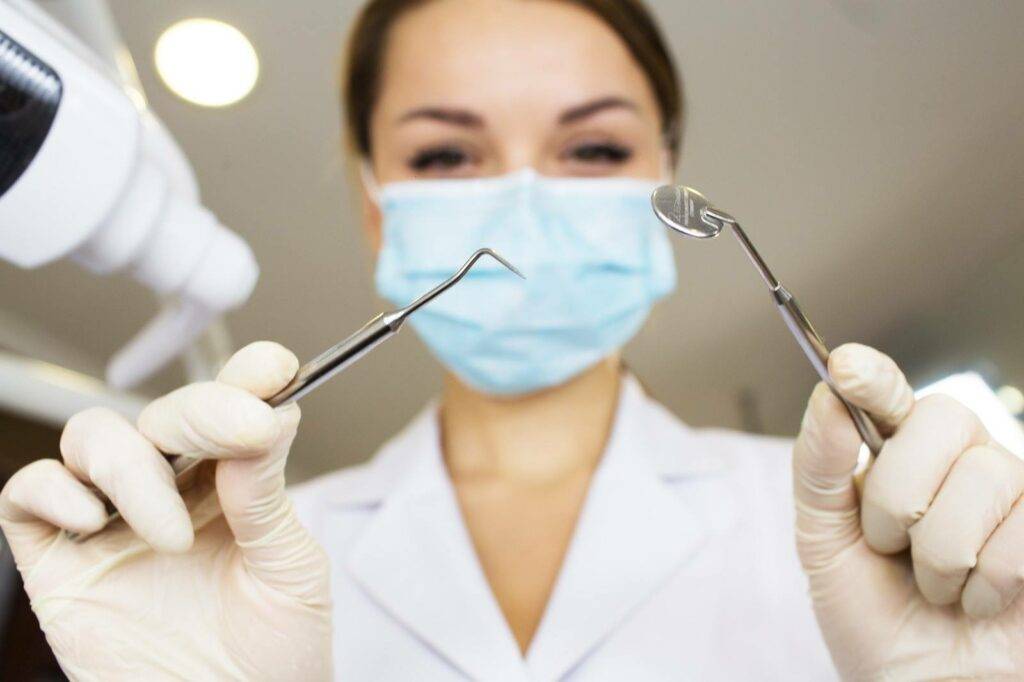The field of orthodontics has seen remarkable technological advancements over the past decade, transforming the way treatments are planned and executed.
For dentists, staying updated with these innovations is crucial for providing optimal patient care and maintaining a competitive edge. This blog explores the latest advancements in orthodontic technology that every dentist should be aware of.
Digital Impressions and 3D Scanning
Gone are the days of messy alginate impressions. Digital impression systems and 3D scanners have revolutionized the initial phase of orthodontic treatment. These technologies offer unparalleled accuracy and patient comfort.
Digital impressions reduce the need for retakes and provide a more precise fit for orthodontic appliances. Additionally, they allow for quicker turnaround times and improved communication with labs.
3D Printing in Orthodontics
3D printing has become a game-changer in creating custom orthodontic appliances. From clear aligners to retainers and even complex orthodontic brackets, 3D printing offers precision and customization that were previously unattainable.
This technology enables the production of appliances tailored to each patient’s unique dental anatomy, leading to better treatment outcomes and increased patient satisfaction.
Clear Aligners and SmartTrack Material
Clear aligners have gained immense popularity due to their aesthetic appeal and comfort. Innovations like SmartTrack material have further enhanced their effectiveness.
SmartTrack is a proprietary material designed to apply gentle, constant force to teeth, resulting in more predictable movements and shorter treatment times. Dentists can now offer patients an effective, nearly invisible alternative to traditional braces.
Self-Ligating Brackets
Self-ligating brackets are another significant advancement in orthodontics. Unlike traditional brackets, which require elastics or metal ties to hold the archwire in place, self-ligating brackets have a built-in mechanism that holds the wire.
This design reduces friction, allows for faster tooth movement, and often requires fewer adjustments. Patients benefit from shorter appointment times and potentially faster treatment.
Accelerated Orthodontics
Patients today are increasingly seeking faster orthodontic treatments. Accelerated orthodontic techniques, such as AcceleDent and Propel, have been developed to meet this demand.
These methods use various technologies to stimulate bone remodeling and accelerate tooth movement. For instance, AcceleDent is a device that patients use at home for 20 minutes a day, delivering gentle vibrations to enhance tooth movement.
Propel involves micro-osteoperforations that stimulate the bone and expedite the alignment process.
Artificial Intelligence and Machine Learning
Artificial intelligence (AI) and machine learning are making their mark in orthodontics. These technologies are being used to analyze patient data, predict treatment outcomes, and even assist in treatment planning.
AI can process vast amounts of data quickly, identifying patterns and suggesting optimal treatment strategies. This results in more efficient and effective treatment plans, enhancing the overall quality of care.
Intraoral Scanners and Digital Treatment Planning
Intraoral scanners have improved the accuracy and efficiency of capturing dental anatomy. When combined with digital treatment planning software, these scanners enable dentists to visualize the entire treatment process before it begins.
Digital treatment planning allows for precise customization of orthodontic appliances and helps predict treatment outcomes with higher accuracy. This technology also facilitates better patient communication, as patients can see a digital simulation of their treatment journey.
Remote Monitoring and Teleorthodontics
The rise of telehealth has extended to orthodontics through remote monitoring technologies. Devices such as Dental Monitoring allow patients to take scans of their teeth at home using their smartphones.
These scans are then analyzed by orthodontists, who can track progress and make adjustments remotely. This technology reduces the need for frequent in-office visits, making orthodontic care more convenient for patients and allowing dentists to manage more cases efficiently.
The advancements in orthodontic technology have significantly enhanced the way dentists deliver care. From digital impressions and 3D printing to AI and remote monitoring, these innovations offer improved accuracy, efficiency, and patient satisfaction.
For dentists, staying abreast of these technologies is essential for providing cutting-edge care and achieving the best possible outcomes for their patients.
Embracing these advancements not only enhances the quality of care but also positions dental practices at the forefront of the orthodontic field.


